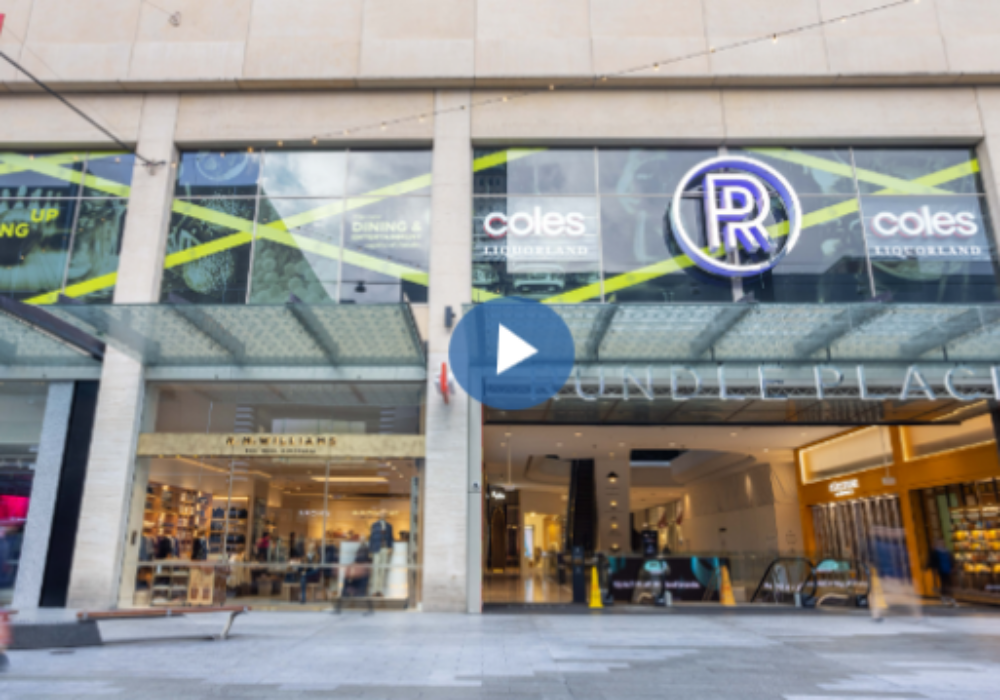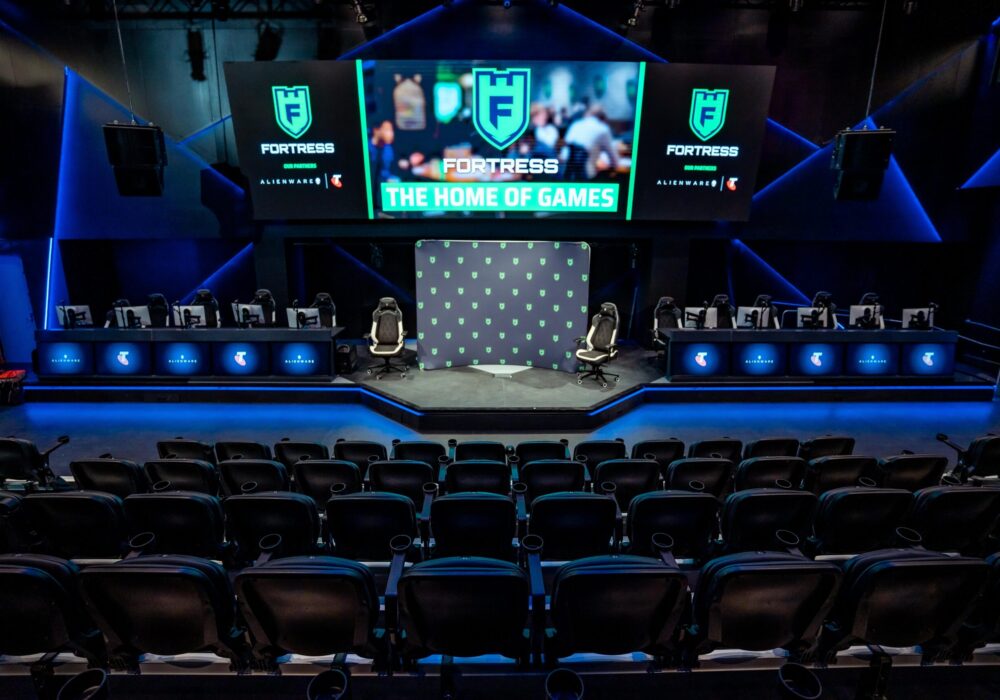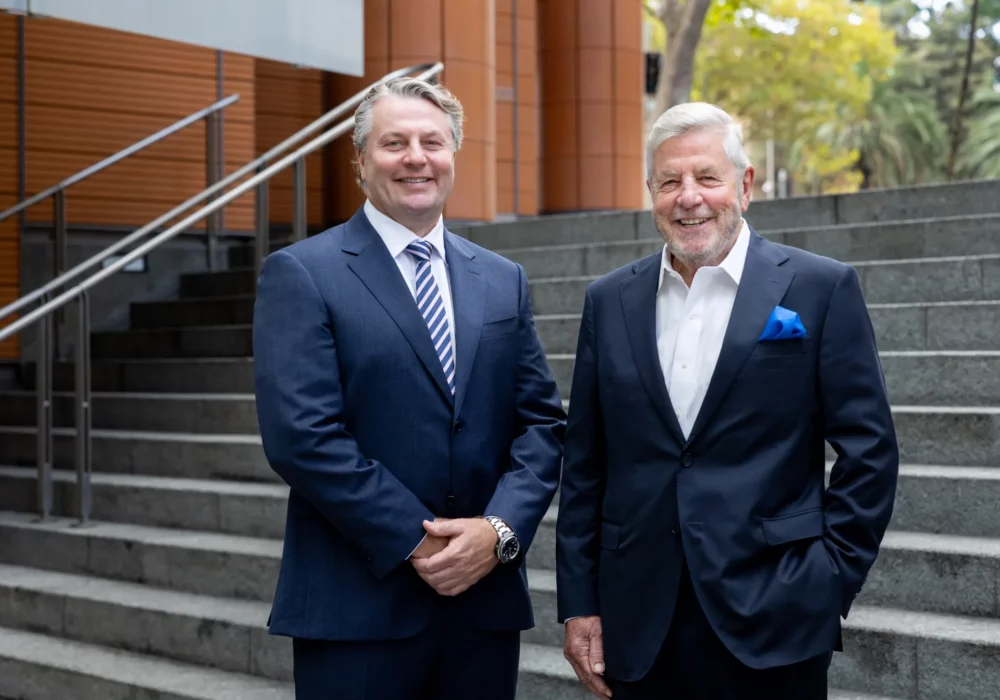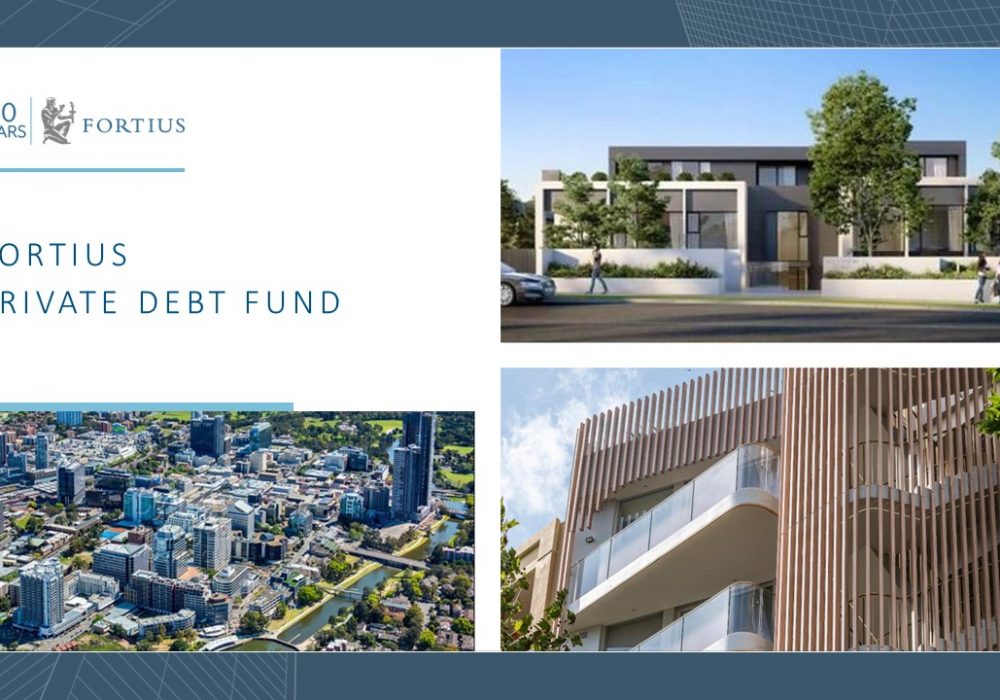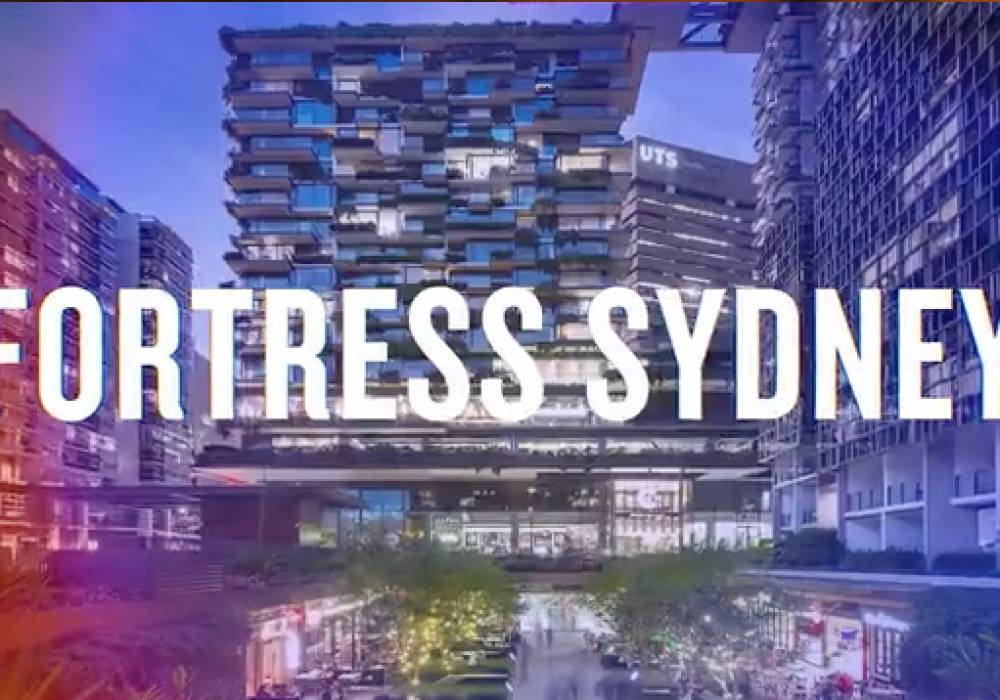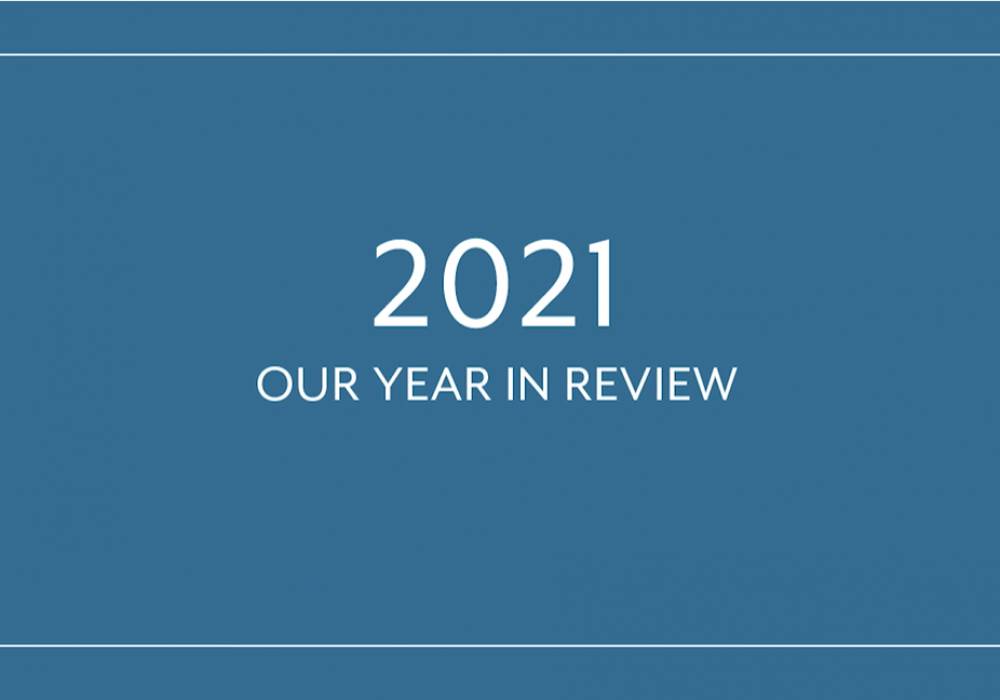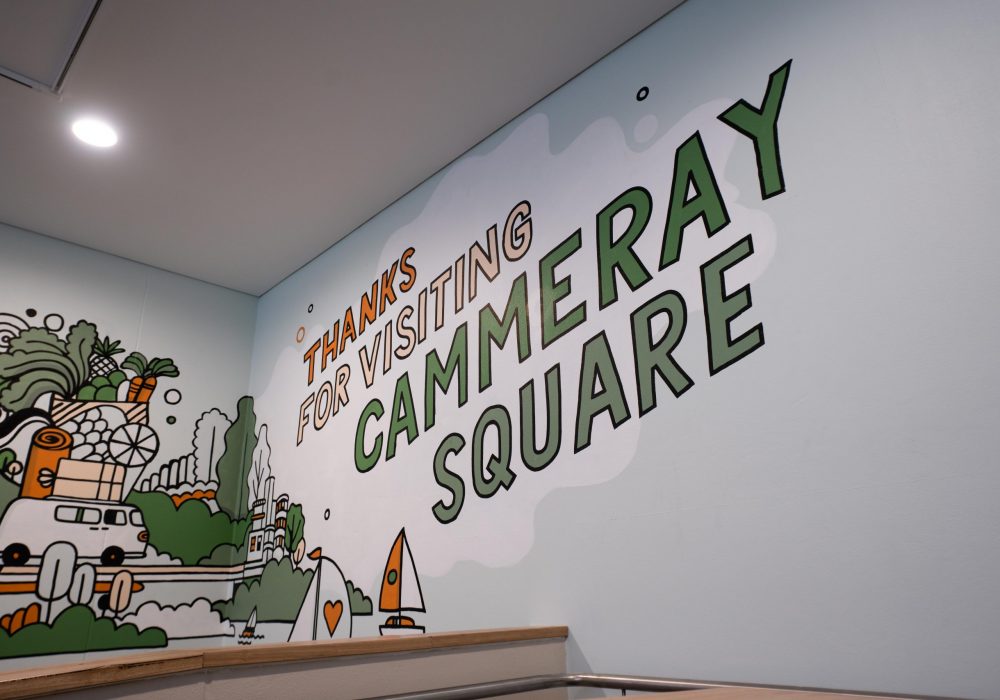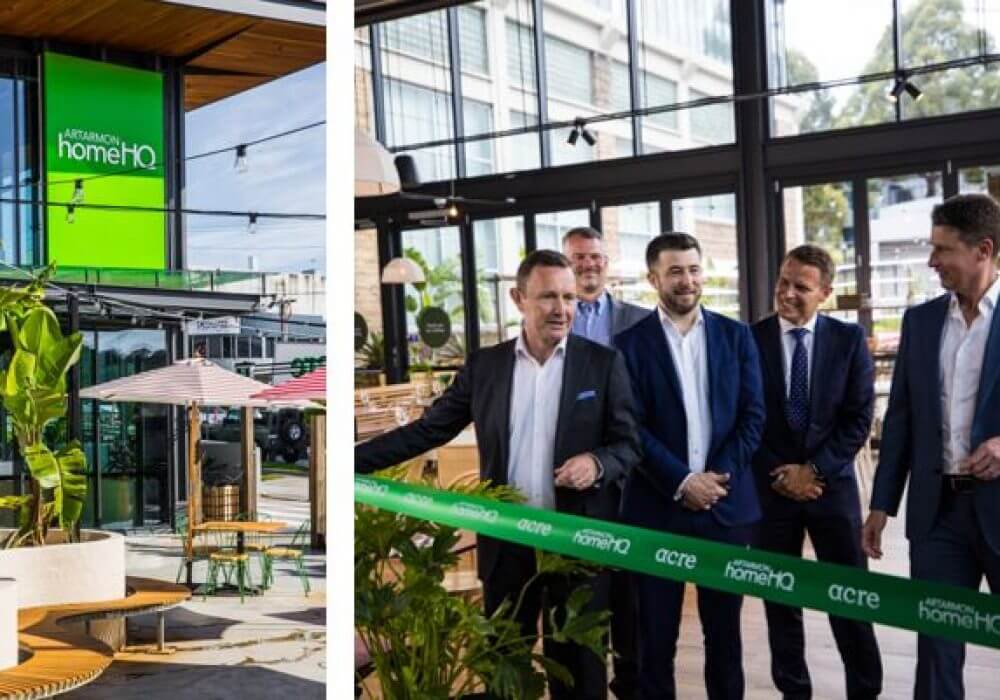The Grocon-developed Liberty Place office and retail precinct in Castlereagh Street and the Fortius- and Lendlease-developed mixed-use tower at 420 George Street fit their surroundings and boost ground-level activity, making them two of the best projects to come out of mandated design competitions in Sydney.
Two of the worst are mixed-use residential towers developed by Meriton and Taragon Asia Pacific that jar with their surroundings, according to Designing the Global City, a new book on how the City of Sydney’s requirement for design competitions for larger projects has shaped the NSW capital.
The municipal policy that requires design competitions for buildings higher than 55 metres, on sites of 1500 square metres or more, or with a capital value of at least $100 million has boosted Sydney’s global competitiveness in an era when design is recognised as crucial to a city’s productivity − in the way it constrains or liberates people’s activity.
The book also inadvertently shows that good design means little when construction basics are not met.
In fact, the poster child for Australia’s building-industry dysfunction − Opal Tower in Parramatta − was itself the result of a competition intended to ensure “the highest quality design” in the former Sydney Olympic Games precinct. However good the Bates Smart design, the high-rise apartment building is now nationally known for its cracking structural concrete, the Christmas Eve evacuation of residents and financial pain for owners.
Opal’s construction problems, which had little to do with the architect, should have been identified, and show the limits of the design competition process, said co-author Robert Freestone, a professor of planning at the University of NSW.
“This issue should have been picked up outside whether this was a nice building to look at and contributed to its setting,” Professor Freestone said.
“When you look at what a design competition’s trying to do, it is moving to turn a general kind of development control opportunity and constraint matrix into a more tangible sense of reality.”
But the city’s competition requirements have led to good buildings and great urban design.
The FJMT-designed Liberty Place in central Sydney contributes significantly to the local area with an open square and a laneway connecting Castlereagh and Pitt Streets. Equally, the Bates Smart-designed 420 George Street creates activity at ground level on both its Pitt and George Street entrances, which are joined with a new thoroughfare, he said.
But design competitions, particularly earlier ones, have not always been as good for the city, according to the book that singles out Crone Nation Architects’ Taragon Central design at 849-855 George St, Ultimo, and GroupGSA’s Mosaic residential tower at 420-426 Pitt St, Haymarket for Meriton.
“The quality of their materials and detailing is poor and both dominate and overwhelm surrounding low-rise buildings,” the book says.
“In neither has any concerted effort been made to respond to context, except in a limited way through street setbacks.”
Greg Crone, chief executive of the firm that’s now just called Crone, declined to comment. GroupGSA did not respond to a request for comment. Meriton said in a statement it had “received numerous industry accolades for more than 20 years across its portfolio which demonstrates development excellence.”
But opening up Sydney to a wider pool of ideas by mandating design competitions has continued a successful infusion that began with the Sydney Opera House, Professor Freestone said.
“You would only have to look at Jørn Utzon and the Sydney Opera House to say there are grounds for trawling the world to get these people involved,” he said.
While calling the injection of international architects “a plus,” there was a distinction between “starchitects” and international firms that stayed in the country and set up a permanent presence, he said.
https://www.afr.com/property/commercial/what-are-sydney-s-best-and-worst-buildings-20190918-p52sk9
Michael Bleby
Senior Reporter

